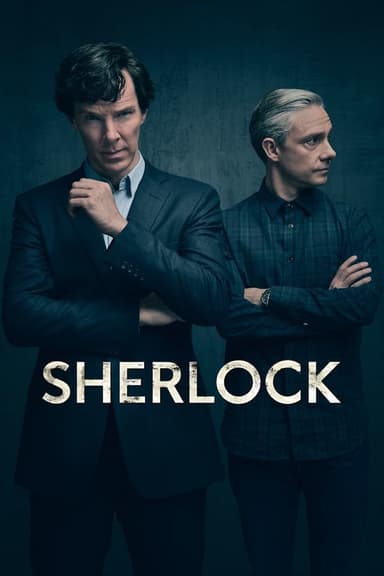
Moonflower Murders
2024 • Crime, Mystery
Susan has left publishing and is living in Crete with her long-time boyfriend, Andreas. But her idyll is disturbed by the shadow of a murder committed at a British country hotel eight years ago. Alan Conway visited the hotel and wrote a novel based on what happened there. Cecily MacNeil, the young woman who helps run the hotel, read the book and believed the wrong man had been arrested. Now she has disappeared. Can Susan uncover the secret hidden in the book and find Cecily before it is too late?
Why you should read the novels
If you're captivated by the thrills and twists of the Moonflower Murders TV series, the original novels by Anthony Horowitz offer an even richer experience. 'Moonflower Murders' and its predecessor, 'Magpie Murders,' invite readers into a layered world of puzzles, literary references, and captivating character studies unavailable to screen adaptations. Dive into Horowitz's creative storytelling for deeper clues, subtler connections, and the full artistry behind the mysteries.
Reading the source novels elevates your engagement with Susan Ryeland’s intricate investigations and gives you access to Horowitz’s unique narrative techniques. The books present clever stories within stories, rewarding attentive readers with hints and red herrings that are often too subtle for visual media. The immersive experience of the novels can’t be matched by the pace or limitations of television.
Fans of complex mysteries will find that Anthony Horowitz’s prose provides far more depth, context, and background than any adaptation can offer. Explore the author's intent, literary flair, and creative twists that make 'Moonflower Murders' and 'Magpie Murders' modern masterpieces. For anyone genuinely wanting to unravel the layers of these mysteries, the books are an essential read.
Adaptation differences
One of the most noticeable differences between the Moonflower Murders TV series and Anthony Horowitz's novels is the depth and nuance found in the narrative structure. The books utilize a sophisticated story-within-a-story format, allowing readers to piece together multiple mysteries. Television, constrained by runtime, streamlines subplots and often simplifies complex character backstories, making for a different, less intricate viewing experience.
Another key difference lies in character development. The novels delve deeply into Susan Ryeland's perspective, sharing her inner thoughts and motivations in detail, while the TV series must rely on visual cues and dialogue. This can lead to a more external portrayal of her character, causing viewers to miss the nuanced introspection that makes her such a compelling protagonist on the page.
Additionally, Horowitz’s novels are rich with literary allusions, metafictional elements, and sly nods to classic detective fiction that can be missed or glossed over in the adaptation. The reading experience offers a treasure trove of literary references and Easter eggs that seasoned mystery fans will relish, many of which don’t translate seamlessly to screen.
Lastly, the adaptation often alters or omits certain plot points for pacing or dramatic effect. Key scenes in the books that establish mood, build suspense, or provide crucial information may be shortened or reimagined for visual storytelling. This leads to differing interpretations of the mystery’s resolution and can significantly change the meaning or impact of the story. For a comprehensive appreciation of the Moonflower Murders universe, the novels remain the definitive source.
Moonflower Murders inspired from
Moonflower Murders
by Anthony Horowitz
Magpie Murders
by Anthony Horowitz











